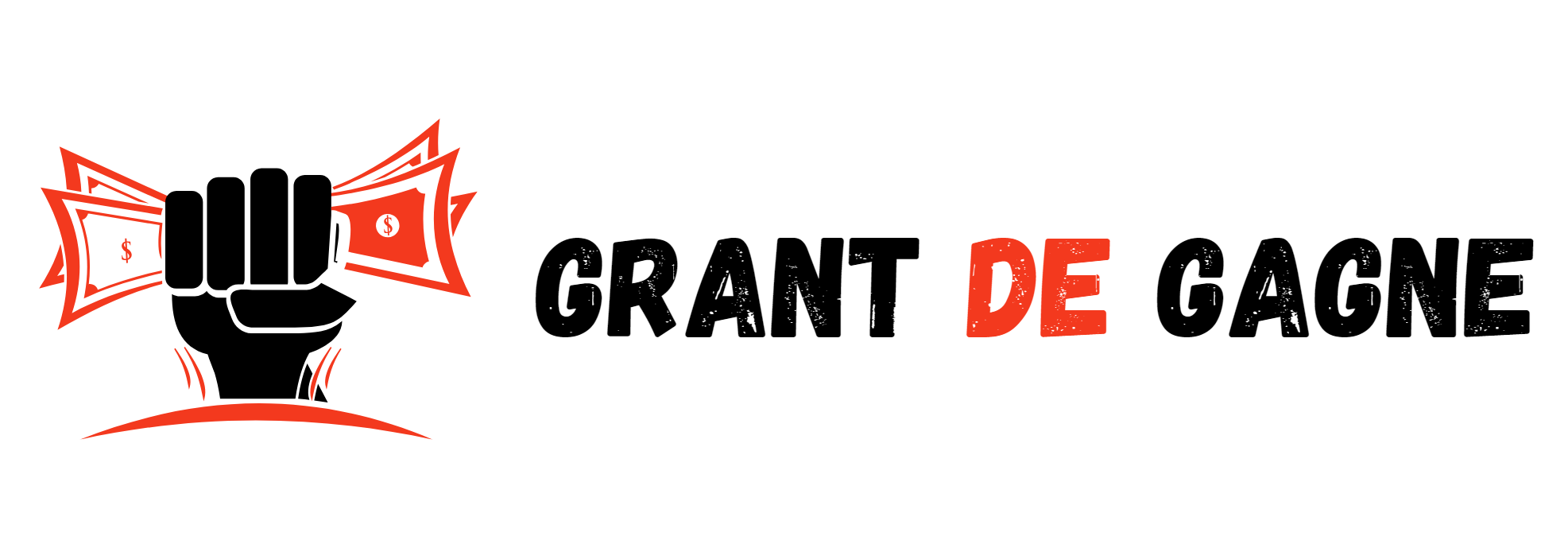Google Ads Best Practices
Starting out running google ads can be daunting, but it doesn’t have to be. Follow these 8 basic tips to ensure your ad campaigns deliver the results you expect.
Getting Started with Google Ads
In today’s digital age, Google Ads has become an indispensable tool for businesses aiming to expand their online presence, attract more customers, and drive revenue growth.
With its vast reach and targeting capabilities, Google Ads offers unparalleled opportunities for businesses of all sizes and industries to connect with their target audience effectively.
However, to harness the full potential of Google Ads and achieve optimal results, it’s crucial to adhere to best practices that align with the platform’s ever-evolving algorithms and user behaviors.
In this beginner’s guide, we’ll delve into some important things you can do that will help you run effective Google Ad campaigns that effectively promote your business.
“You don’t have to have everything perfect to run an effective google ads campaign. Get the basics right, and the people will come”
Select Goals That Make Sense for Your Business
Before diving into creating Google Ads campaigns, it’s imperative to define clear goals and key performance indicators (KPIs) that align with your business objectives.
Whether your aim is to increase website traffic, generate leads, boost sales, or enhance brand awareness, establishing measurable goals will provide direction and enable you to track progress effectively.
Common KPIs include click-through rate (CTR), conversion rate, cost per acquisition (CPA), return on ad spend (ROAS), and impression share.
Sometimes for businesses just starting out with limited technical ability, it’s difficult to measure your CPA or ROAS. In these scenarios, focus on the basic data you have and ask yourself “do I have enough data to feel confident the paid traffic I’m driving to my site is of high enough quality?”.
Thing to look for when you’re running a very basic traffic campaign and your technical resources are limited are high average time on page (+1:30), low bounce rate (sub 70%)/high engagement rate (+30%), and high average pages per session (+2).
Conduct Thorough Keyword Research
Keyword research forms the foundation of any successful Google Ads campaign.
By understanding the keywords and phrases your target audience is using to search for products or services similar to yours, you can ensure that your ads appear in relevant search results.
Utilize tools such as Google Keyword Planner, SEMrush, or Ahrefs to identify high-volume keywords with moderate competition.
Additionally, consider long-tail keywords to capture more specific search queries and minimize competition.
Craft Compelling Ad Copy
The effectiveness of your ad copy plays a significant role in capturing users’ attention and driving clicks.
Aim to create compelling, concise, and relevant ad copy that highlights the unique value proposition of your products or services.
Incorporate relevant keywords into your headlines and ad descriptions to improve ad relevance and quality score.
Utilize ad extensions such as sitelinks, callouts, and structured snippets to provide additional information and enhance visibility.
Optimize Landing Pages
An often overlooked aspect of Google Ads optimization is the optimization of landing pages.
Ensure that your landing pages are aligned with the ad messaging and provide a seamless user experience.
Optimize landing page load times, ensure mobile responsiveness, and include clear calls-to-action (CTAs) that encourage users to take the desired action, whether it’s making a purchase, filling out a form, or contacting your business.
Conduct A/B testing to identify which landing page elements resonate best with your audience and lead to higher conversion rates.
Leverage Audience Targeting
Google Ads offers robust audience targeting options that allow you to reach specific demographics, interests, and behaviors.
Utilize audience targeting to tailor your ads to different segments of your target market and maximize relevance.
Experiment with custom affinity audiences, in-market audiences, and similar audiences to expand your reach and connect with potential customers who are more likely to engage with your ads.
Implement Conversion Tracking
To measure the effectiveness of your Google Ads campaigns accurately, it’s essential to implement conversion tracking.
Set up conversion tracking goals within Google Ads to track actions such as form submissions, purchases, phone calls, or app downloads.
By tracking conversions, you can attribute revenue and other valuable actions back to specific ads, keywords, or campaigns, allowing you to optimize your advertising efforts for maximum ROI.
Monitor Performance and Adjust Accordingly
Effective Google Ads management requires ongoing monitoring and optimization to ensure that your campaigns are delivering the desired results.
Regularly review key metrics such as CTR, conversion rate, CPA, and ROAS to identify areas for improvement.
Make data-driven adjustments to your bidding strategy, ad copy, targeting parameters, and budget allocation based on performance insights.
Experiment with different ad formats, ad placements, and bidding strategies to uncover what works best for your business.
Test, Learn, and Iterate
Continuous testing is fundamental to Google Ads success.
Experiment with different ad creatives, landing page designs, targeting criteria, and bidding strategies to identify what resonates most with your audience.
Implement A/B tests with clear variables and measure the impact of each change on campaign performance.
Leverage Google’s automated testing features, such as responsive search ads and automated bidding strategies, to streamline the testing process and uncover valuable insights.
To Summarize…
Google Ads presents unparalleled opportunities for businesses to reach their target audience, drive traffic, and achieve their marketing objectives.
By adhering to best practices such as defining clear goals, conducting thorough keyword research, crafting compelling ad copy, optimizing landing pages, leveraging audience targeting, implementing conversion tracking, monitoring performance, and continuously testing and iterating, you can maximize the effectiveness of your Google Ads campaigns and unlock sustainable growth for your business.
Remember, success with Google Ads requires a combination of strategic planning, ongoing optimization, and a commitment to delivering value to your audience.
With the right approach and execution, Google Ads can serve as a powerful catalyst for driving business growth and achieving long-term success in the digital landscape.
